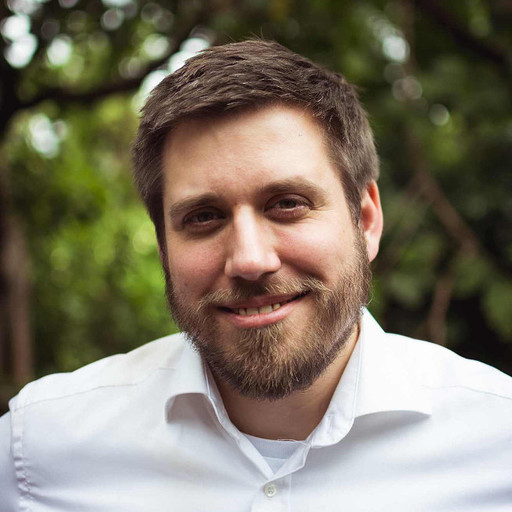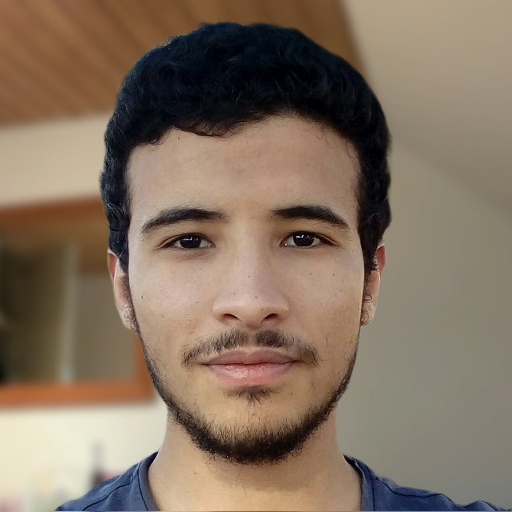Hello y'all! 👋
Thanks to all of your feedback, we're convinced that Flottform is a valuable tool, which deserves greater focus. In the past, we have worked on the prototype with very limited resources. Now that we want to increase our time commitment to it, we need to figure out a way to make this work.
Being organized is key when you're juggling different projects like we do. It allows you to work more efficiently, if done right. From our experience, breaking up huge projects into lots of small tasks that can be tackled one by one, can boost your productivity and give you this nice feeling of accomplishment. Compiling these small tasks into a list that we tackle in the next two weeks feels like the best way for us to organize our work.
If you know the Scrum framework, this probably sounds very familiar. We do something similar, but at the same time we're not strictly following these rules. As a startup with limited resources, we need to shift responsibilities from time to time. Changing client projects may make us need to adapt our routines to fulfill our commitments.
Let's dive deeper into how it looks from our internal perspective!
How do we organize all of this?
For Flottform we have a project on GitHub, where we track all issues. It's a great tool for keeping everything transparent and within easy reach for the whole team. GitHub projects enable us to keep track of multiple repositories at the same time with a single project board. One important thing to remember is to schedule team meetings. This isn't just about sticking to a schedule. It's about committing to a rhythm that keeps everyone in sync. We try to minimize the amount of meetings, so we're trying to plan most of our projects together. That means, Flottform will be integrated into our regular sprint meetings.
Flexibility
Flexibility is key to a successful team. It should be possible to switch responsibilities regularly in order to have everybody be able to jump in if needed. We want to avoid getting into chaos-mode if one of the team members is on vacation or somehow unavailable for some time. To do this, we rotate the team members for pre-planning regularly and let different people moderate the sprint meetings. This approach helps us to reduce the truck factor as well as enabling us to move team members from other projects to and from Flottform.
Pre-Planning
Before we all get together in the sprint meeting, there's a little bit of homework to be done. One of the team members looks through all of the open issues and gets them ready for group discussion. This means turning rough drafts into formal issues and breaking larger tasks into smaller, more manageable ones. If the person is unable to split up a large task due to missing knowledge, they can always ask for help. It is expected that pre-planning sparks conversations between team members to distribute knowledge. With the gathered information, it's possible to properly define tasks which allows us to keep sprint planning meetings shorter and more structured.
Sprint meeting
In this meeting, we're going over all the tasks together, discussing them, and playing "planning poker." The goal of the game is to help us figure out how long tasks will likely take. For estimation, we use seven numbers from the Fibonacci sequence: 1, 2, 3, 5, 8, 13, and 21. On count of three, each team member shows a number, and if our opinions differ, we discuss why we think that way. This helps everybody to better understand the tasks: It can always happen that someone shares a different perspective and we find out that we either haven't put everything into our "Definition of Done" checklist or we see an easier way of doing this. Labels on our board represent these estimates visually.

As you can see, we roughly translate these numbers into hours. Seeing numbers like 8 or above, is a good hint to split something into parts as it will probably take longer than a full day of work.
It's crucial for us to have meaningful estimations to plan vacation times and deadlines. As always, we're not too strict about this and we're okay with tasks taking longer (or less long) than expected.
Retrospective
At the end of each sprint, we take a moment to reflect during our retro meeting. It's a great way to wrap up the sprint and look back on what we've achieved. We chat about all the things that went well, any tasks that took a little longer than expected, and any challenges we faced along the way. It's essential to use this feedback to continuously improve our approach with every sprint. And it's also really important to celebrate our achievements! Some internal tasks don't always get the same attention as a new feature but may be crucial for long-term maintainability. The retro meeting is the perfect time to take a moment to look back and acknowledge our contributions.
In conclusion
As mentioned above, we try to avoid meetings, but some are necessary to prevent chaos and frustration. It helps a lot to deal with larger tasks, especially when you have lots of context switching in a small team.
Join us on this exciting journey! Follow our progress, share your insights, or even challenge our approach - we're here for it all. Connect with us on LinkedIn and Twitter / X. Every comment, like, and share fuels our progress!
Cheers,


